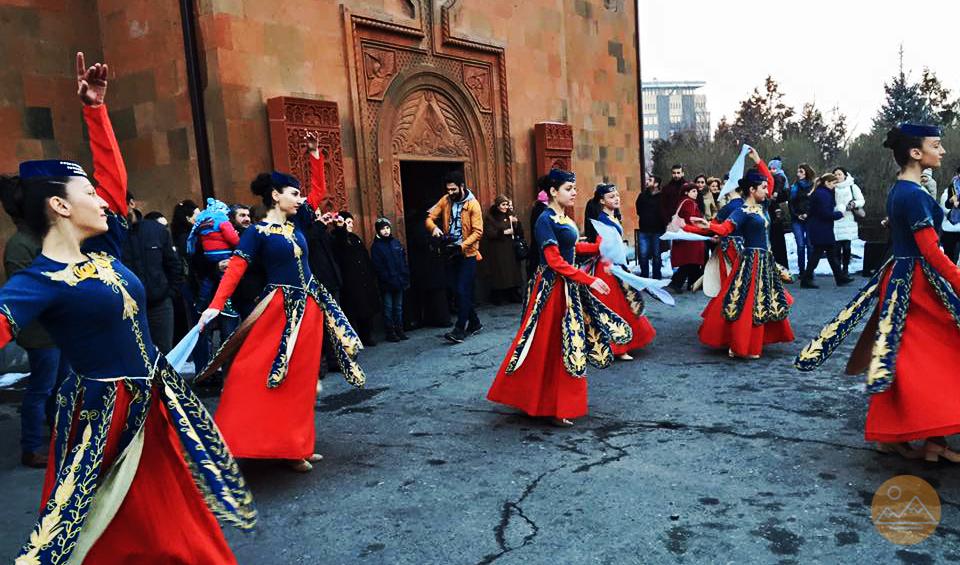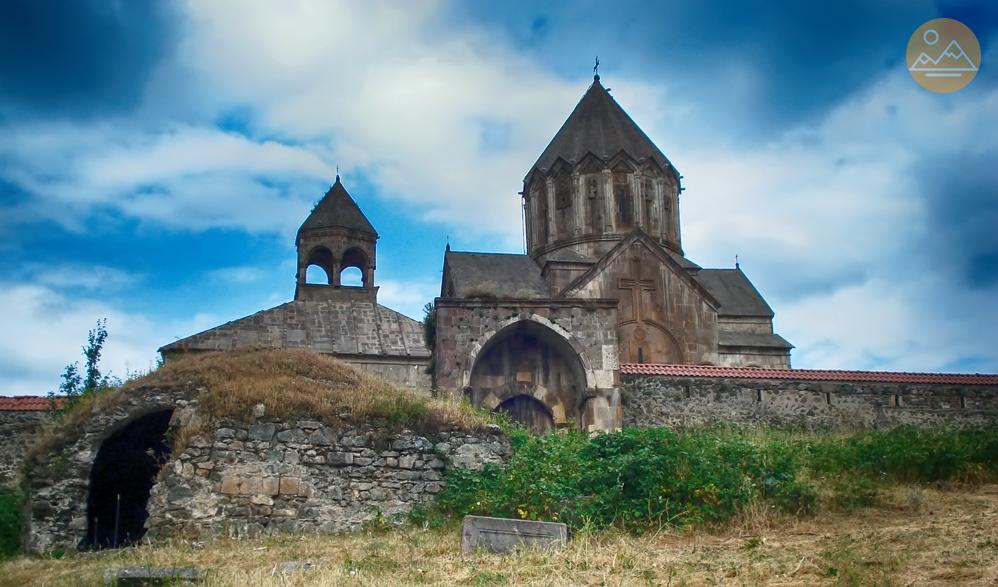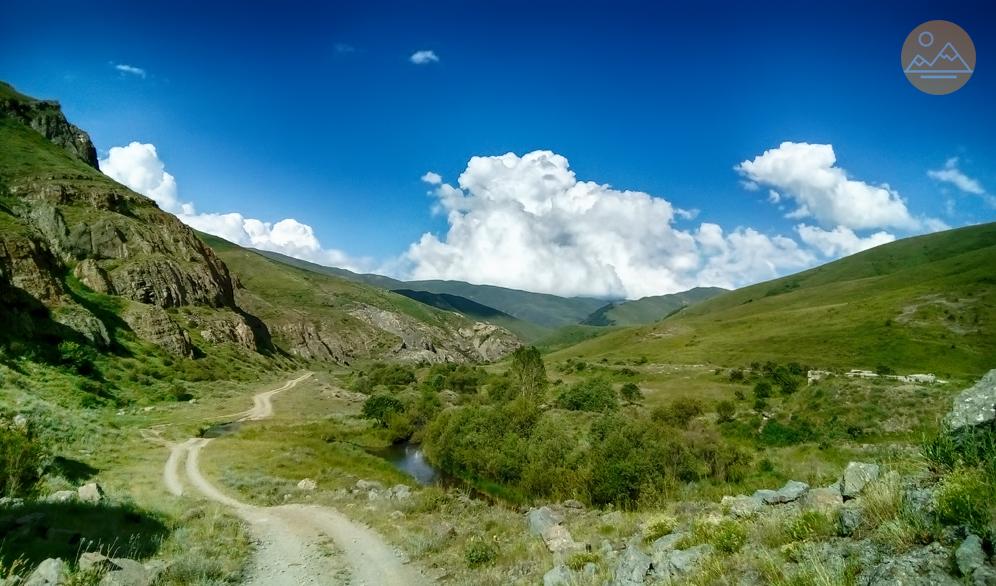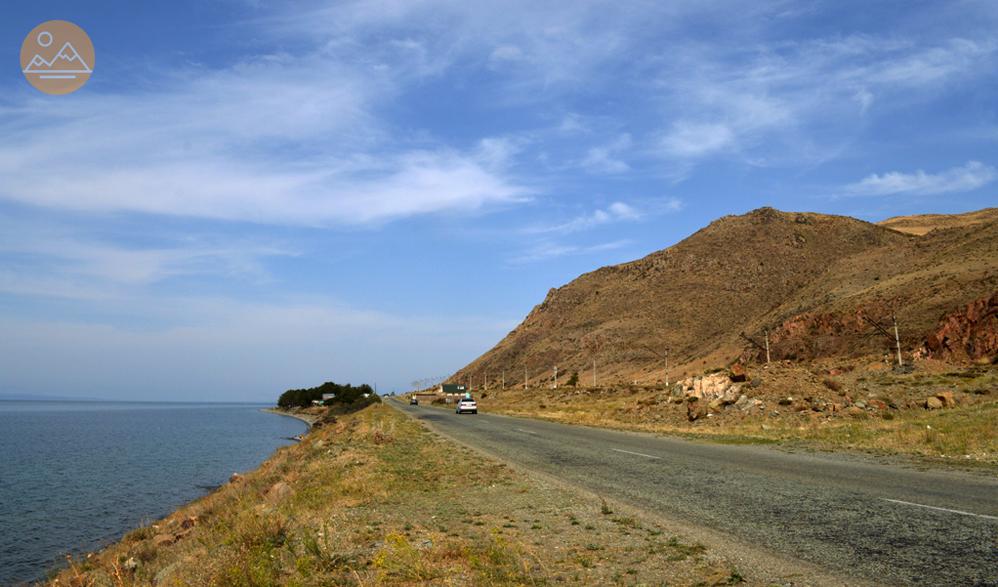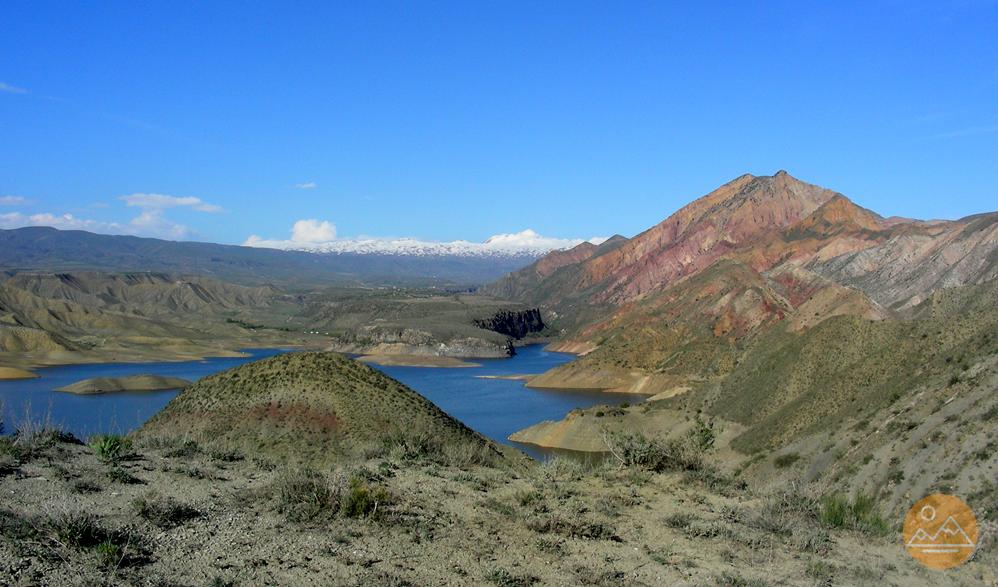-
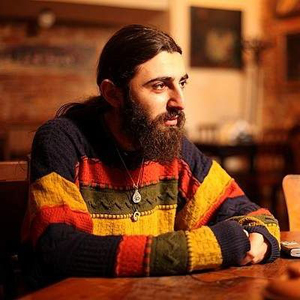 Arty Om
Arty Om
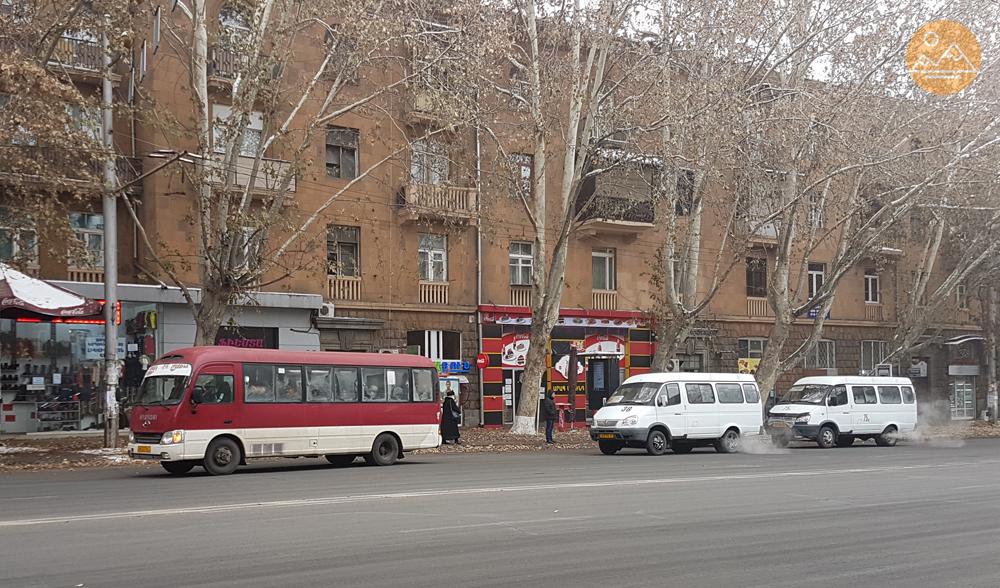
Public transportation in Yerevan, Armenia / Photo: Arty Om
How to Use Public Transportation in Armenia?
Views - 22870
A French traveler I met a few weeks ago at a Couchsurfing meeting in Yerevan, surprised me a lot when he said Armenia has a very good transportation system with links to rural areas. "A good transportation system?" I shouted out almost jumping from my seat. "Did you ride a marshrutka?" He explained his statement and convinced me that unlike in France, he found it incredibly helpful that there are bus and minibus connections between Yerevan and other cities and villages of the country - something which is just starting to develop in France.
Indeed, you can reach many areas of the country by bus/minibus, but when it comes to international travelers, that's where the chaos begins - language barriers, absence of timetables, crazy driving style.
When I resettled in Armenia back in 2011, the minibuses (commonly called "marshrutka") that are widely used around the country scared me so much I preferred to walk if there was no bus, or hitchhike. I still prefer hitchhiking over public transportation when I travel around the country.
But traveling by public transportation gives some unique experiences, too, so here's some useful information, tips and phrases to help you get around like a local.
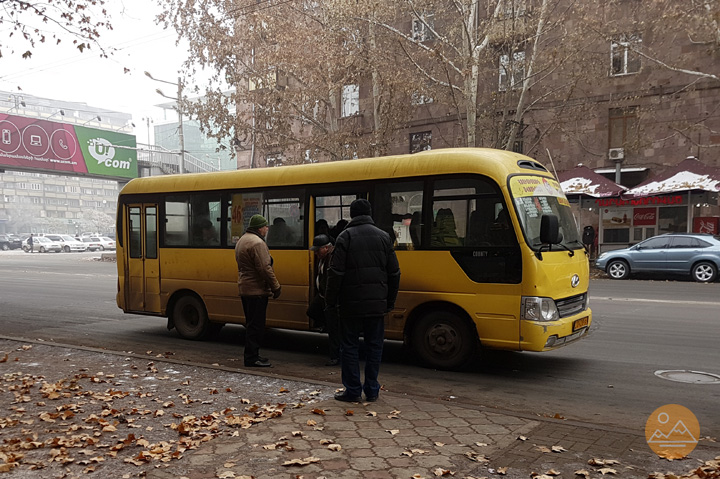
Yerevan public transportation / Photo: Arty Om
WHAT YOU NEED TO KNOW ABOUT PUBLIC TRANSPORTATION IN ARMENIA:
- The public transportation in Yerevan costs only AMD 100 (~0.25$). It's a fixed price for buses and minibuses, and the price doesn't change depending on the distance of your ride. There are no tickets, and you pay directly to the driver as you get off. Prices for transportation from Yerevan to other areas of the country vary from AMD 200 to AMD 7000, depending on the distance.
- Although there are buses and even trolleybuses, too, the most common type of public transportation is the minibuses, especially when it comes to routes outside Yerevan.
- All the signs and names of the bus stops and areas on city buses and marshrutkas are in Armenian.
- No free seats doesn't mean no space at all. Picking up passengers who will simply stand in the minibus is very common. And the driver usually picks up as many passengers as he can squeeze in his vehicle. Ever seen a bucketful of fish, or shrimps? That's exactly what it looks like. Note that this does not apply to long-distance trips outside Yerevan.
- There's no buttons to signal the driver that you need to get off at the next stop. You'll have to tell the driver to stop, hoping he did hear you.
- Offering your seat to women, children and elderly people is very common in Armenia. It's not because they're considered weak, it's done out of respect.
- Offering a fellow passenger to share the seat with you, or offering the standing passenger to take and hold his bag on your laps is another common thing.
- Marshrutka is a wonderful tool for socializing. People engage in conversations, ask each other to pass the money to the driver, pass the change back, and so on.
- Drivers often smoke inside the vehicle.
- Schedules and timetables is something you'll have to let go of. There are electronic timetables on some bus stops in the city center, but don't rely on them.
- There are at least three major bus stations in Yerevan. The main is the Kilikia Central bus station. Then there's the Northern bus station, which connects Yerevan to northeastern parts of the country. And another bus station is located just behind the Sasuntsi David train station, which connects the capital to the southern provinces.
- Although many rural areas are connected to Yerevan with buses and minibuses, still there are plenty of sites and attractions that you won't be able to reach by public transport.
HOW TO SURVIVE PUBLIC TRANSPORTATION IN ARMENIA:
- Avoid taking a minibus/bus on rush hours in Yerevan. Use metro instead.
- The Yerevan metro isn't too large, costs 100 AMD, and is often the best option to avoid traffic jams and rush hours. Note that metro doesn't cover all of the Yerevan areas.
- Try to remember the name of the street or the area, or the landmark you need to get off at, or ask your Armenian friend to write it down on a piece of paper for you. Make sure to ask the driver (or show him that paper) if the marshrutka is going to where you need.
- The driver will most likely forget that there's a foreigner in the vehicle. To make sure you'll not miss your stop, try to engage in a conversation with fellow passengers so that they inform you when you need to get off. All you have to do is simply pronounce the name of the place you're heading to. And relax. They'll do the rest.
- Smoking inside public transportation is prohibited by law. But not every driver follows the rules. If you're having problems with cigarette smoke, kindly ask the driver to stop smoking.
- If you're having hard time figuring out which minibus you need, you can actually download the "Yerevan routes" application (available both for Android and iOS devices). At least, you will know which minibus/bus route to take.
- If you know the exact bus stop you need to get off at, make sure to tell the driver to stop, otherwise he can simply pass by the bus stop if there's no passengers waiting there (see the phrase in Armenian below).
- To get to the remote tourist attraction sites, take a minibus/bus to the nearest settlement, and then walk from there, hitchhike, or take a taxi. It'll save you some money. You can also commute. For instance, to get to the Goshavank monastery, you'll have to first take a minibus from Yerevan to the city of Dilijan, and then take a bus from there to the village of Gosh, where the monastery is located. The problem here is that often there's only one or two buses a day that are connecting cities to villages, so you'll depend on their schedules.
USING TAXI IN ARMENIA:
Despite what one may think, taxi service in Armenia isn't very expensive, and sometimes it is actually a better choice to get around when there's no other options left. The price per 1 km is 100 AMD, but there's a minimal payment of 600 AMD (from 1 to 4 kilometers). The average price for taxi ride within Yerevan's center is 600-700 AMD. You can find taxis everywhere, but the problem is not everyone has a meter, so if you want to avoid any misunderstanding at the end of your ride, always choose the ones with meter.
A great option is the GG Taxi service, the Armenian analogue of Uber. If you're running an Android or iOS device, just download the GG taxi app from the application store, sign up with your phone number and order cabs by a tap or two. The app offers various types of transportation, including XL size for larger groups.
Download from Google Play | Download from App Store
USING TRAINS IN ARMENIA:
Even though the railway links do know cover the whole country, still there are a few destinations you can reach by train, such as Lake Sevan, Gyumri, Vanadzor, or Alaverdi. You can find detailed information on train schedules here:
USEFUL WORDS AND PHRASES:
Barev dzez. - Hello!
Neretseq. - Excuse me!
Avtokayan - Bus station
Kangar - Bus stop
[Name of the location] hasnoumek? - Are you going to [location name]?
Hajord kangaroum kangneq. - Please, stop at the next stop.
Khendroumem, mi tskheq. - Please, don't smoke.
Inchpes karoghem gnal [location name]? - How can I get to [location name]?
Yerbeq sharjvoum? - When/what time are you departing?
Yes genoumem [location name]. Vortegh piti ijnem? - I'm going to [location name]. When should I get off?
ADDITIONAL TIPS:
Here's some useful information on how to get to cities around Armenia from different bus stations:
Kilikia Central Bus Station:
Ashtarak, Oshakan, Ohanavan, Agarak, Talin, Byurakan, Etchmiadzin, Armavir, Stepanavan, Alaverdi, Sisian, Jermuk Stepanakert (Nagorno Karabakh). Minibuses to Tbilisi as well as buses to Tehran also depart from the Kilikia Central Bus station.
Call center's phone number: +374 10 565 370
(Please, note that they might not be able to answer in English).
Northern Bus Station:
Sevan, Dilijan, Ijevan, Chambarak, Martuni, Gavar, Vardenis
Call center's phone number: +374 10 621 670
(Please, note that they might not be able to answer in English).
Sasuntsi David Station:
Ararat, Artashat, Vedi, Khor Virap, Yeghegnadzor
Gai Bus Station:
Buses to Garni (Garni pagan temple and Geghard monastery)
P.S. Please, note that the list is incomplete, and the bus station destinations are changing frequently, so we're updating the article from time to time to provide you with the most accurate information. If a destination you're looking for is not listed, let me know about it in the comments, and I'll help you out.




